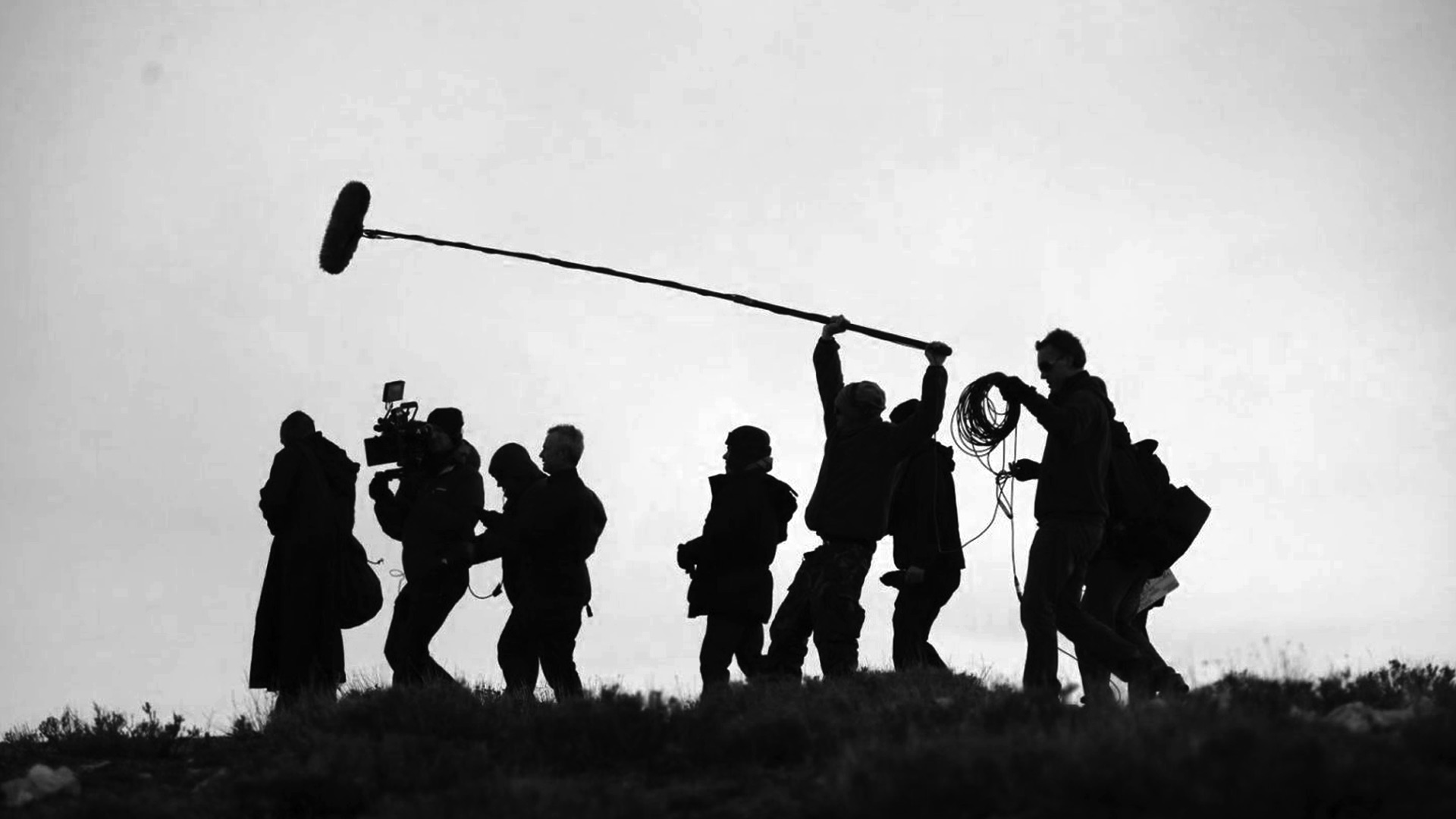
Communication Technology
1205 Photography: Introduction
A. Role of Photrography in Society
1205.1 Iconic Photos
So, what makes a good photograph? One way to determine this is to study some of the most iconic photographs that have stood the test of time. In this activity, you will simply do a google search of "iconic photographs." (Use the search tools to search for "large" files so that you can get a good look at these great photos.) Spend some time looking at some of the images that come up. Download and save at least 5 of your favorites. Import them into your portfolio page and include a caption explaining why this image is considered an iconic image. Also, describe why the photo impacted you enough to choose it as one of your 5 favourites.
1205.2 Choices that Artists Make
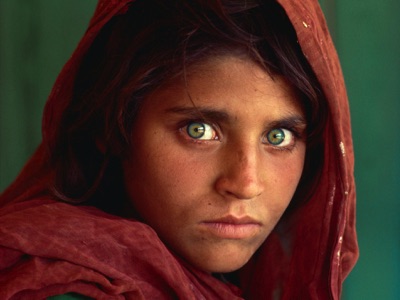
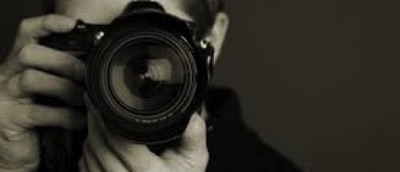

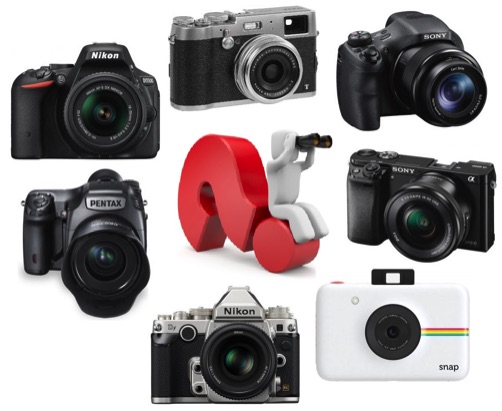
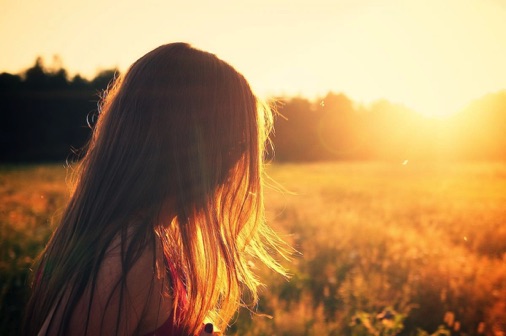
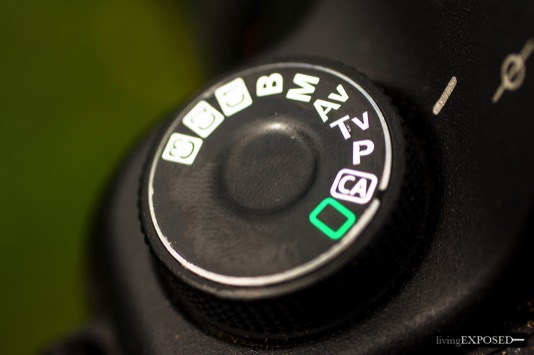

We see and live in a world of colour. It is hard to imagine it any other way. In fact, we use the word "colourless" to describe something that is dull, tedious or boring. In photography however, nothing could be farther from the truth.
Black and white images are timeless, and sometimes the lack of colour transforms the subject into a realm that isn't abstraction, but isn't reality either. A black and white image deconstructs the scene and reduces it to its forms and tones. Distracting colours are re-cast as subtle shades of gray that add to a composition.
Check out this website. It shows some iconic black and white photographs that have been colourized. Which is better? You be the judge. I think you would agree that sometimes a black and white photograph has more impact.
Your assignment:
Take a bunch of regular, colour photographs that you think might look good as black and white. Import them into iPhoto on the Macs. Choose 5 of your favorites. Duplicate these 5 in iPhoto. Leave the original in colour and use the edit tools in iPhoto to change the duplicate to black and white. Post both of the images, side by side in your portfolio. Include a caption describing which one you prefer and why.
1205.8 Black and White
Post two of your best for each of the assigned effects (8 images total). Label them according to the above assigned effects. Include the aperture, shutter speed and iso settings for each photo
When taking photographs on a camera, there may be certain things that one is trying to achieve. Sometimes you want to freeze a fast moving object. Sometimes you want your subject in focus but the background needs to be out of focus. If you understand your camera, you can achieve this while shooting in manual mode. So what if you don't know how to run your camera in manual mode? This is when you use the semi-automatic shutter priority (TV) or aperture priority (AV) modes.
AV - small aperture value (large opening) - used to achieve a shallow depth of field
AV - large aperture value (small opening) - used to achieve a large depth of field
TV - short shutter speed - used to freeze fast moving objects
TV - long shutter speed - used to have blurry parts of an image to imply motion
Check out the following website
Assignment:
Use the AV setting of the camera to try to capture images with the following effect
Use the TV setting of the camera to try to capture images with the following effect.
Lighting is important in photography. There is good lighting and bad lighting. The positioning of your subject is also important when trying to obtain the best lighting in your photographs. Sometimes your shooting environment can be artificially manipulated by using artificial lighting or reflectors.
Check out this website that speaks more to this subject. It is rather lengthy, but there is some great stuff there.
For this assignment, I would like you to go and take some photographs with different lighting conditions. Do not use any artificial lighting or a flash. When you get a chance to view these images on the computer, choose 3 images where the lighting makes them special. Post these images in your portfolio and include a caption describing why the lighting makes these photographs stand out to you.
1205.7 The Exposure Triangle
The above video addresses:
1. Rule of Thirds
2. Symmetry
3. Leading Lines
4. Headroom and Leading Room
5. Depth
6. Proportion (Size)
7. Camera Angles.
Your Assignment here is to get a camera and take lots and lots of pictures that focus on each of these composition techniques. When your pictures are installed on the school computers, examine and choose 2 of your favourite images for each of the above listed rules. (There will be 16 images because rule #4 has Headroom and Leading Room.)
You will post your images on your edublog as assignment 1205.5. Organize your images by the numbered headings you see above. Include a small write up explaining each of the rules and how they apply to your images.
1205.6 Lighting and Mood
In this class we discuss the six different types of camera lenses. They are fisheye, wide angle, standard prime, zoom, macro and telephoto. Check out the descriptions on this website.
Assignment: The assignment for this section is in our google classroom. It is a short worksheet pertaining to the difference between the types of cameras and lenses
1205.5 Composition
Watch the following video. It explains some rules that are used when composing an image. The video actually specifically refers to taking video, however the rules are the same for photography.
So, depending on what you read, there are many different types of cameras. For the purposes of this class, we are going to say there are three. Compact cameras, digital single-lens reflex (dslr) cameras, and mirrorless cameras. Watch the following video. This guy actually says there are four types, but just pay attention to what he has to say about compact, dslr and mirrorless cameras.
Why are we not all famous photographers? The main reason is that most of us take lots of snapshots with our phones, but few of us ever take a carefully choreographed photograph. What is the difference? Check out the following link to see examples of each.
Your assignment here is to take a snapshots and photographs. You will post one of your snapshots and one of your photographs on your edublog. The subject does not have to be the same for each. Caption each image and describe what make the one a snapshot and what makes the other a photograph. (These images can be taken with a school camera or just your smartphone.)
1205.4 Types of Cameras, Lenses, Key Components and Function
*warning ... some may find the image associated with this assignment disturbing.
After completing your first assignment in this module, surely you may have noticed some of the components that contribute to a quality photograph. In this assignment, you are going to breakdown an iconic photograph. You will look at what is included in the photograph and how all of these elements contribute to the message that the photographer is trying to communicate.
You will find the assignment in your CommTech Google Classroom.
The image is broken down into its parts and you will comment on each part. In the end, you will see the full image and have a better understanding of how all its parts contribute to the impact of the image.
B. Photographic Equipment and Basic Photography Skills
1205.3 Snapshots vs Planned Photograph